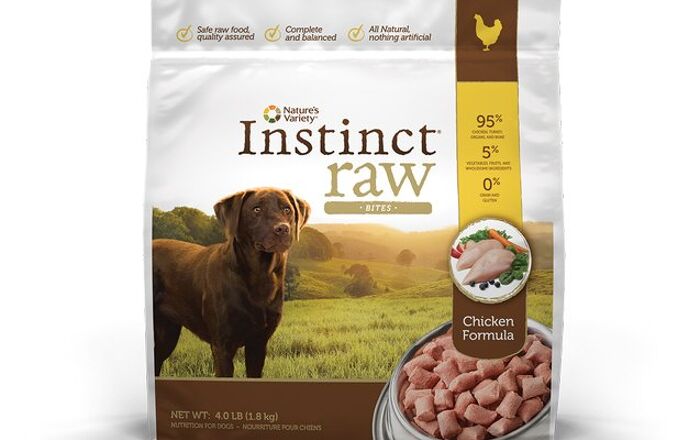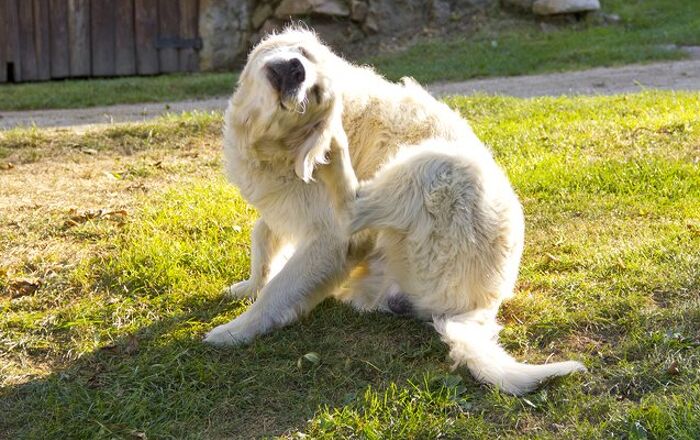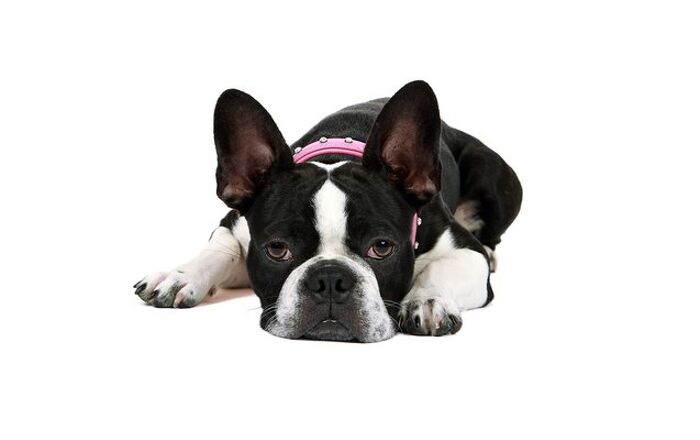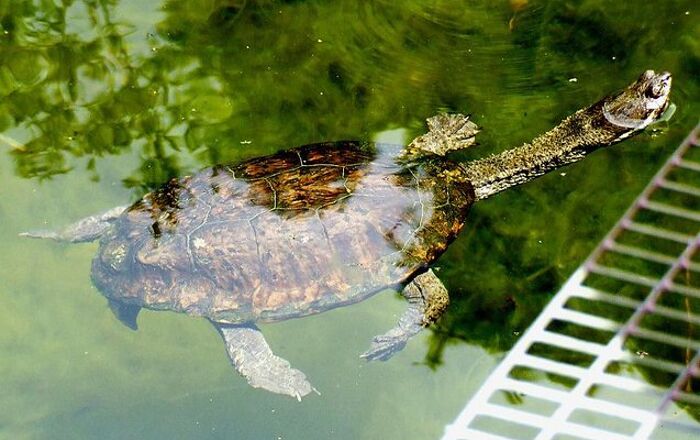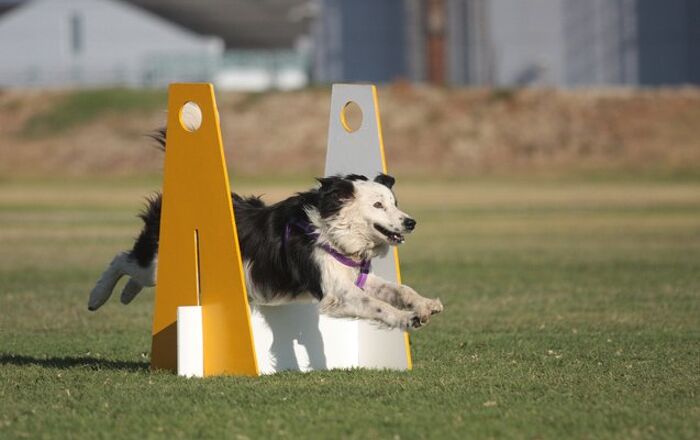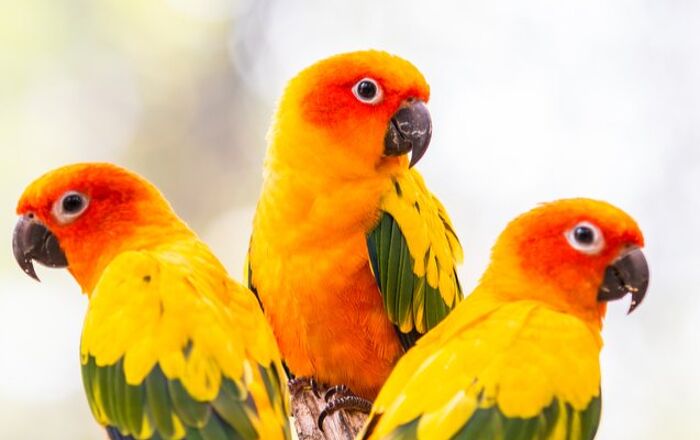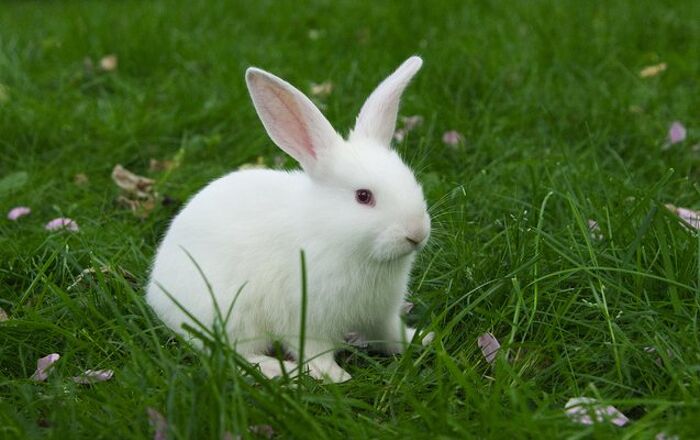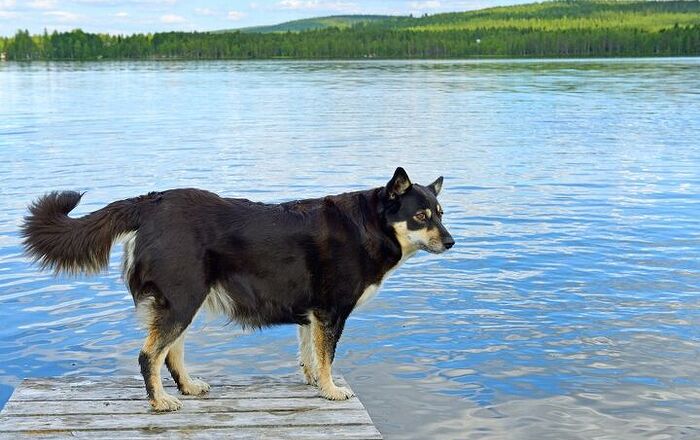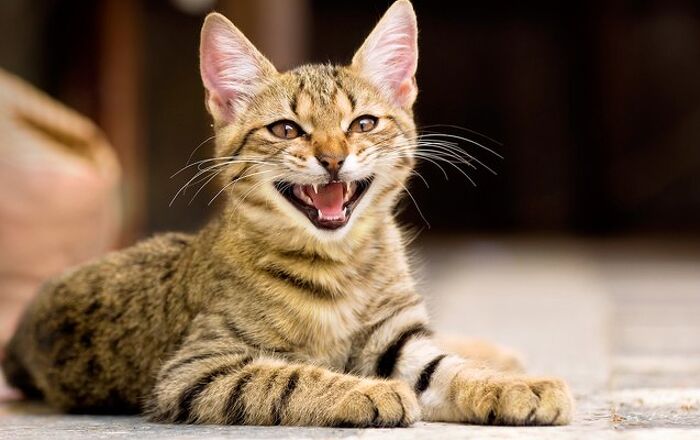
Cotonese Basics
With its adorable appearance and a friendly, loving personality, the Cotonese is one of the most popular designer dog breeds. This hybrid was developed by crossing two small breed dogs of similar traits, the lovely Maltese and the sweet Coton de Tulear. The combination of these two companion dogs resulted in a beautiful dog with a white curly coat and an amiable and adaptable temperament.
As these dogs are not overly active and have a petite frame, they are a great choice for people who live in an apartment. Similarly, the unique combination of their traits makes Cotonese a great choice for seniors, singles, and families with children alike. As long as your new designer dog is trained and socialized, it will be a perfect pet. Let’s find out what makes Cotonese so beloved in the world of canine hybrids!
Smart, friendly, and with a heart bigger than their petite body, the Cotonese is the perfect companion.
Origin
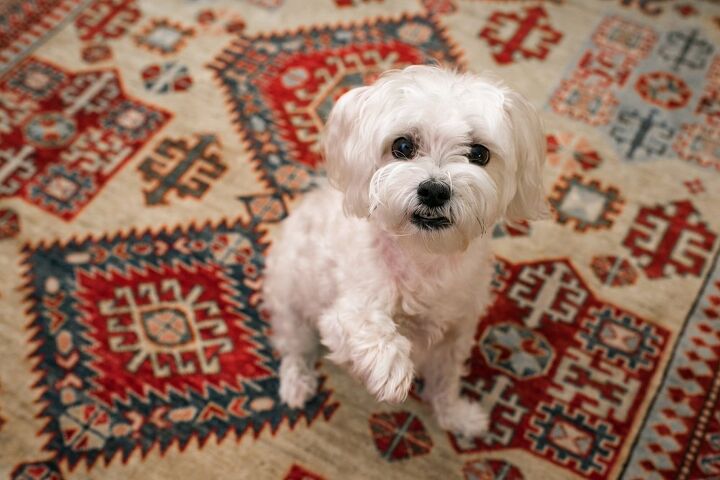
With most hybrid dog breeds, the most information you get is what breed their parents were. In most cases, the place and time when the breed was first created are both a big mystery. The Cotonese origin story is the same: there are no credible sources that could testify to the hybrid’s creation. Most likely, this designer dog shares the same origin story with most other crossbreed dogs, which means that the Cotonese came to be sometime in the last 20 years, on the territory of United States.
Even though there are Cotonese breeders that intentionally produce litters of puppies from the purebred parents, a lot of Cotonese puppies are a product of “accidents”. This is why you can often find a Maltese and Coton de Tulear mixes in shelters or rescues. With hybrids, it’s often the case of adopt, don’t shop- so make sure to check out your local shelter for these designer dogs before you go searching for a reputable breeder.
Pedigree
Although their origin as an official breed might be somewhat mysterious, there’s nothing puzzling about the ancestry of these loving pooches. A Cotonese puppy is the offspring of two purebred parents, a Maltese and a Coton de Tulear. These dogs are always first generation hybrids, which can lead to certain inconsistencies in appearance. Sometimes, the puppy can look or act more like one parent than the other, and there can be significant differences even across one litter. That’s one of the reasons why the American Kennel Club doesn’t officially recognize the Cotonese as an official breed, even though its parental breeds are very similar.
Naturally, without recognition from an official canine club, there won’t be any official pedigree papers to go with your Cotonese puppy. However, a pedigree is just a well-documented family tree, and you already know your new pet’s parents. Both the Maltese and the Coton de Tulear are popular breeds with stellar reputations as family pets and companions. It’s safe to assume their mixed breed baby has the same qualities!
Food/Diet
Providing a well-balanced, high-quality diet for your pet is one of the most important things you can do as a pet owner. Luckily, it’s easy to find the food that’s best for a Cotonese. Most dog owners decide to feed their four-legged companion with commercial pet food, as it’s the most convenient way for your dog to get all the required nutrients. For a Cotonese, pick out premium dry food that’s suited for their size (small or toy breeds), age (puppy, adult, senior) and activity level (moderate).
Additionally, if you prefer to feed your pet raw diet or cook them meals at home, you can do so- but only as long as you consult with a veterinary nutritionist beforehand. Trying to figure out what micro and macronutrients your pet needs on your own is certain to lead to deficiencies and can seriously harm your pet’s health.
These lively designer dogs really spread positive energy all around with their playful behavior.
Training
To no one’s surprise, a Coton de Tulear and Maltese mix is one smart cookie. Of course, there are a lot of intelligent dog breeds that are stubborn or willful, which makes them a bit hard to train. Fortunately, the Cotonese doesn’t belong to this group. These pretty little pooches are fast learners, have a laid-back attitude and are more than eager to please their owner. This lovely combination of personality traits makes this designer dog breed a pleasure to train.
When it comes to training Cotonese, you should start with the basics, such as potty training and teaching your puppy how to walk on a leash. From there, you can advance to basic commands and even some cool tricks- this bright-minded hybrid will be up for it. Owing to their parental breeds, these dogs can sometimes be prone to separation anxiety if their devotion to owners evolves into excessive clinginess. To counteract this, either crate train your pet on time or dedicate time to teach them to feel safe and calm when you’re not around.
In addition to basic training, you should make sure your dog is fully socialized and knows how to behave around children and other pets. Cotonese might be friendly by nature, but it doesn’t mean you shouldn’t teach them manners!
Weight
It’s not always that the appearance and the behavior of designer dog breeds can be accurately predicted, but the Cotonese is one of the exceptions. This hybrid pooch is the direct descendant of two very similar breeds, Coton de Tulear and Maltese, so there’s not much room for surprise when it comes to their looks. An adult Cotonese will be a small breed dog, weighing between 6 and 12 pounds. The differences in size will depend on the sex of the puppy (females are smaller) as well as their unique genetic makeup.
Temperament/Behavior
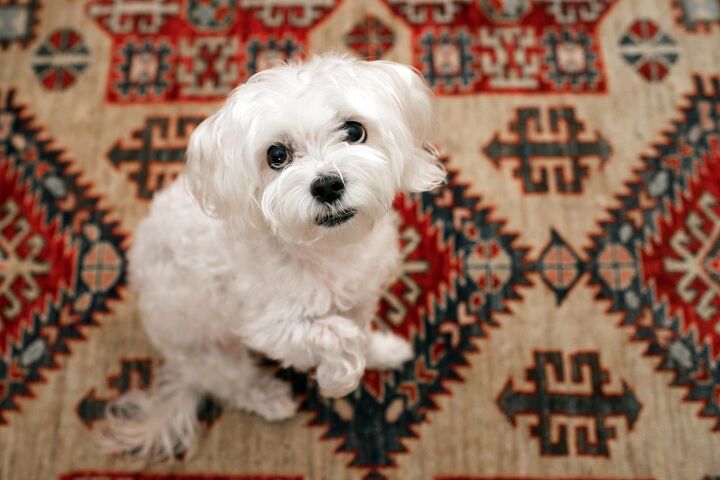
The Cotonese is as lovely on the inside as it is on the outside. And just one look at these gorgeous pooch speaks volumes! Owing to their mom and dad, Cotonese puppies turn out to be friendly, affectionate, cheerful pooches that are always a joy to be around. Unlike some small breed dogs, these hybrids are not too yappy or nippy. When socialized on time, they have a calm, easy-going nature that appeals to pet owners of all ages, from youngsters to seniors.
Although you might not have guessed it from the get-go, the Cotonese is an energetic and buoyant pooch. These lively designer dogs really spread positive energy all around with their playful behavior and extraverted attitude. Simply put, there isn’t a person who wouldn’t be smitten with the Cotonese once they get to know them!
This white fluffy pooch is also very big-hearted and cuddly, and won’t hesitate to shower you with love at all times. Unfortunately, this can also mean that your pet can become overly attached to you and be prone to anxiety when you’re not at home. For that reason, it’s important to train them on time or make sure to take your companion with you everywhere. They’ll certainly enjoy every moment spent by your side!
Common Health Problems
Mixed breed dogs often have a reputation of being healthier than their purebred fellows. While there is a grain of truth in this belief, as there is fewer hereditary illnesses in some hybrids, this is not a guarantee that every designer dog breed is healthy by default. In fact, a lot of designer dog breeds ended up with poorer health than the hybrid vigor belief suggests. The reason? Puppy mills and irresponsible breeders who don’t carefully select their breeding animals and don’t provide humane living conditions. However, if you happened to adopt a Cotonese or buy one from a reputable source, it’s highly likely you won’t have many hereditary diseases to worry about.
Owing to its parents, the Cotonese can be prone to a few congenital issues, such as patent ductus arteriosus (PDA), or hip dysplasia. Otherwise, there are not much health problems to worry about. You should pay attention to your pet’s oral hygiene, as all small breed dogs are prone to early tooth loss. Additionally, some white-coated dogs are known to be more prone to skin and food allergies, so it might be the same for your Cotonese puppy.
Life Expectancy
Cotonese, like most of the designer dogs, hasn’t been around as an official breed for long enough for his lifespan to be determined. Of course, you don’t have to be an expert to guesstimate how long this designer dog can live, with proper care and optimal living conditions. Looking at his parent’s life expectancy and this breed’s unique traits, it’s safe to assume that the Cotonese will live at least 13 to 15 years.
Exercise Requirements
These designer dogs might be petite, but they’re in no way lazy couch potatoes! The Cotonese is an energetic breed, and a very playful pooch at that, so they’ll need a fair amount of daily activity to be happy and healthy. Granted, it’s still not a lot of exercise when compared to large breed dogs. On average, a Cotonese will be perfectly content with 45 to 60 minutes of daily activity. This includes a few shorter walks, a game of fetch, or a visit to the dog park, where your pet can run around with this four-legged friends.
To boot, as intelligent dogs, these hybrids will benefit from having puzzle toys or interactive toys that would engage their mind, too.
As these dogs are not overly active and have a petite frame, they are a great choice for people who live in an apartment.
Recognized Clubs
The American Kennel Club doesn’t recognize designer dog breeds in general, but there are many canine clubs and organizations that do. Those of them that recognize the Cotonese as an official breed include American Canine Hybrid Club, Designer Breed Registry, Designer Dogs Kennel Club, Dog Registry of America, and International Designer Canine Registry.
Coat
Both the Maltese and Coton de Tulear have light coats and fine, soft hair. Their offspring, the Cotonese, doesn’t stray far. His fur will resemble a mix between that of his parents. The coat is usually white, cream or biscuit. These puppies will have longer hair, curly and low-shedding. While there’s no denying that their coat is stunning, it will need some upkeep. Regular brushing, baths, and visits to the groomer’s salon will all be a part of your pooch’s beauty routine.
Puppies
Button-like noses, big, black, puppy eyes, paired with curly soft fur? It’s virtually impossible not to fall in love with the adorable Cotonese puppies. Of course, while it’s easy to see their charm appearance-wise, you should know that these designer dogs have a lot more to offer than their beauty. Smart, friendly, and with a heart bigger than their petite body, the Cotonese is the perfect companion.
As they’re generally friendly, have moderate exercise needs and tend to be very adaptable, these designer dogs are a great match for almost any pet owner. From seniors and singles to big families and beginner dog owners, the Cotonese can be just the dog you need.
Photo credit: Lunja/Shutterstock; David Clarine/Shutterstock

